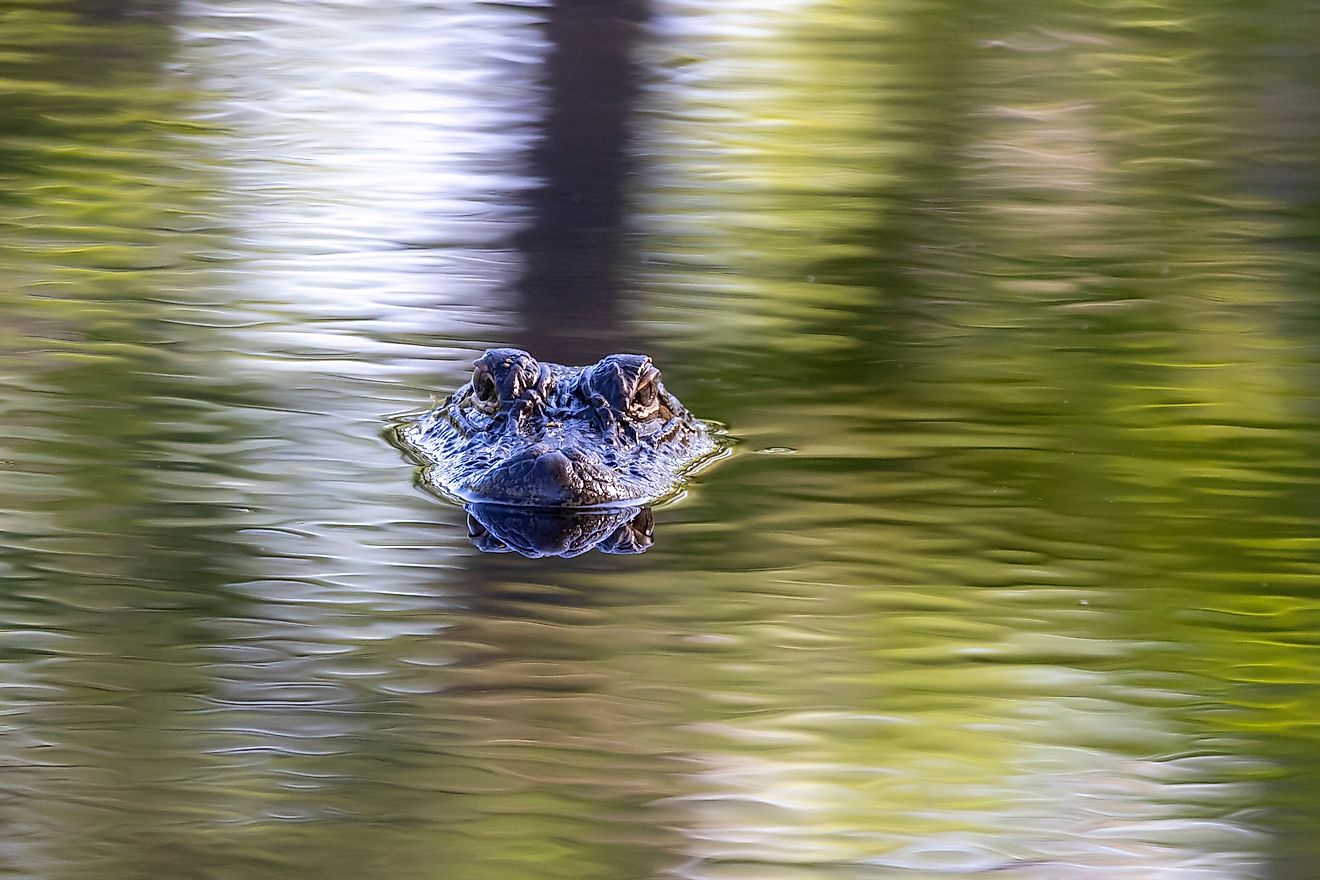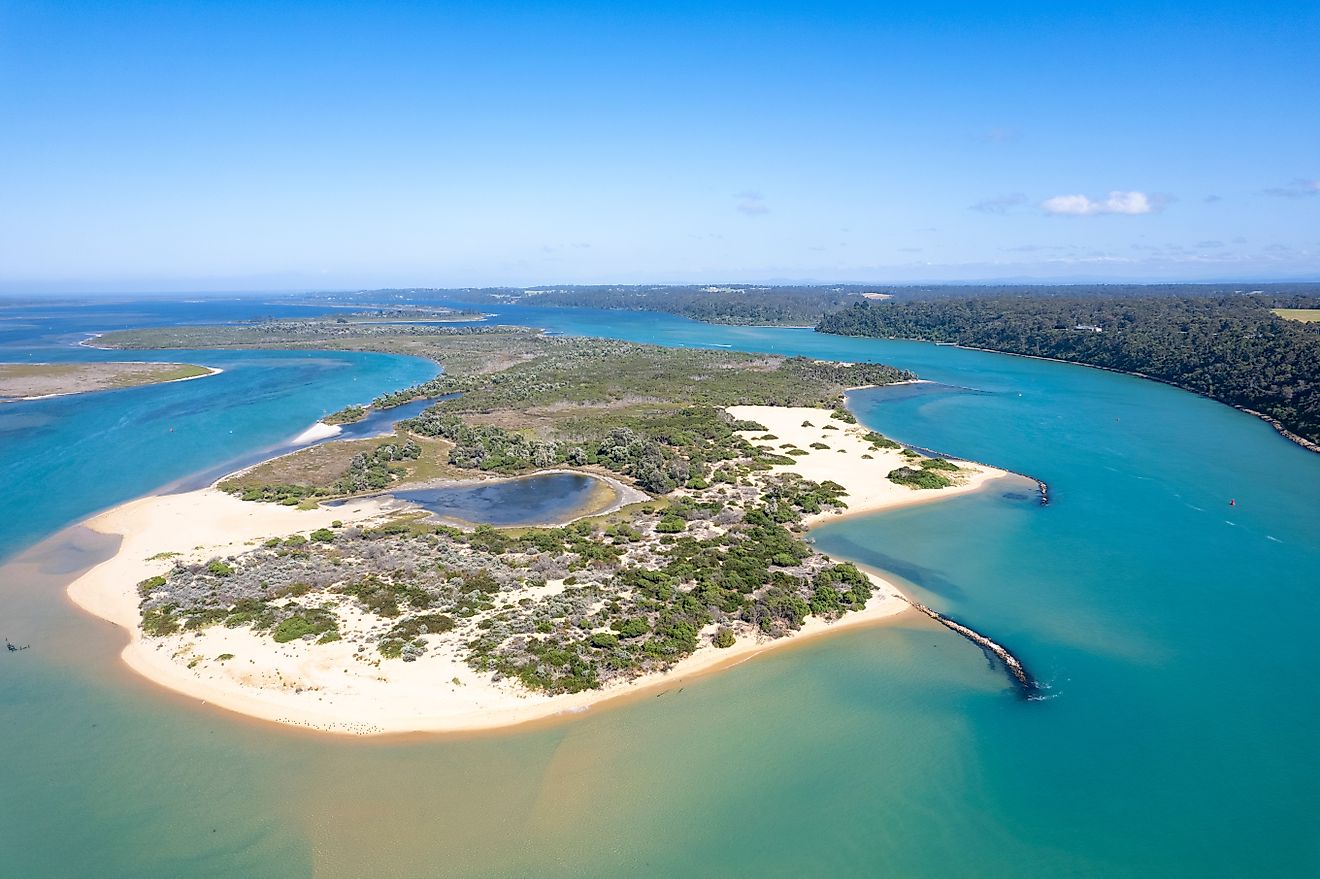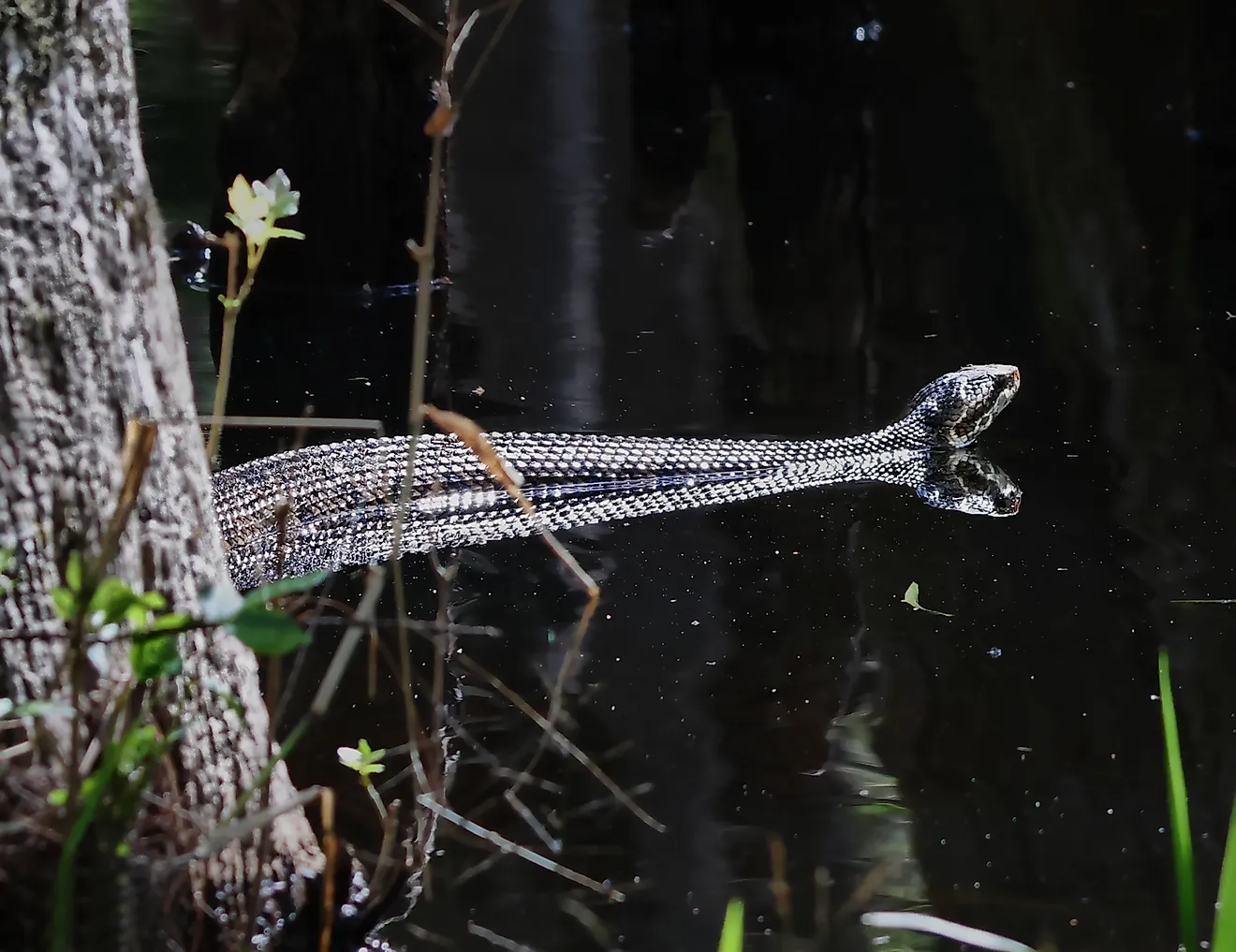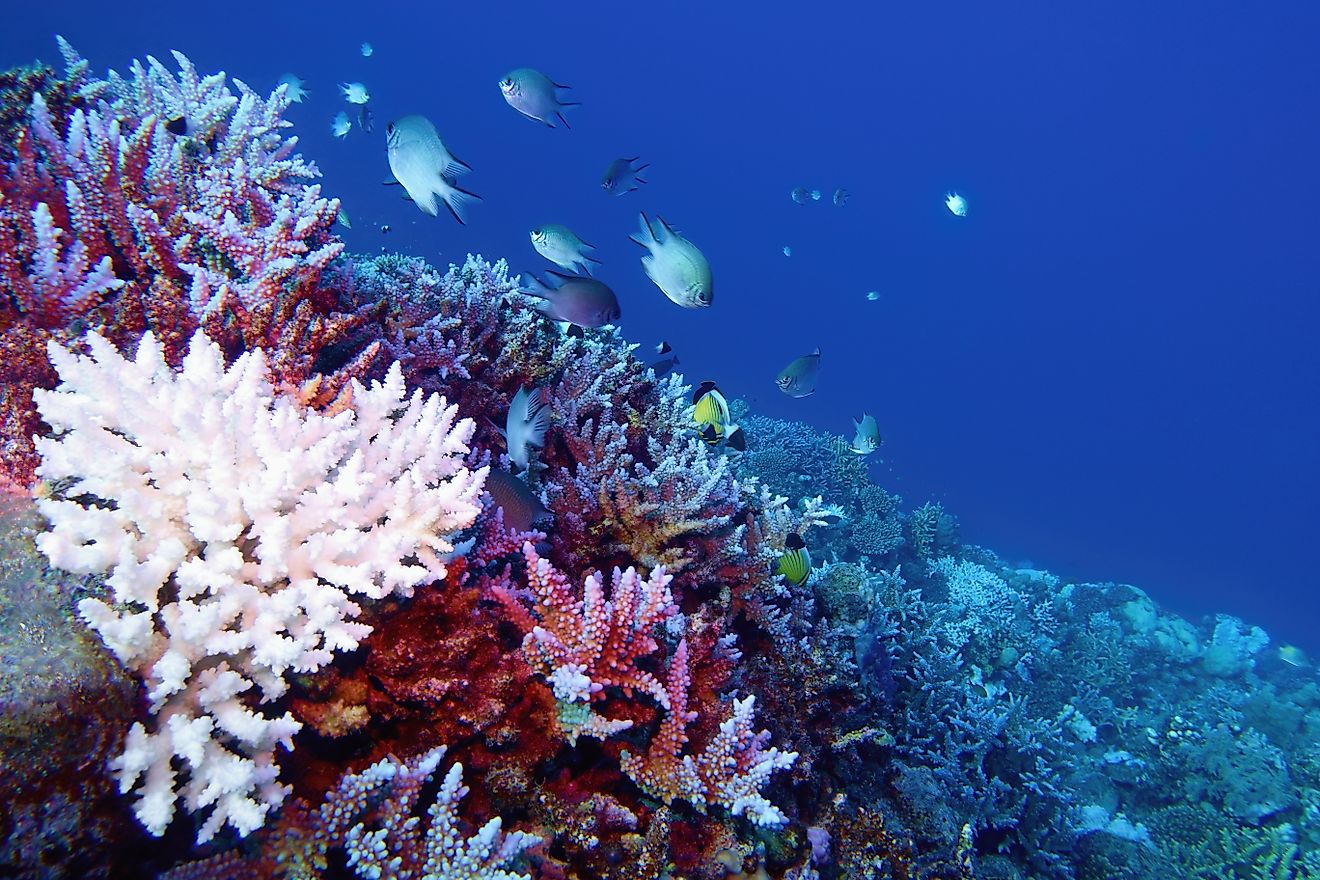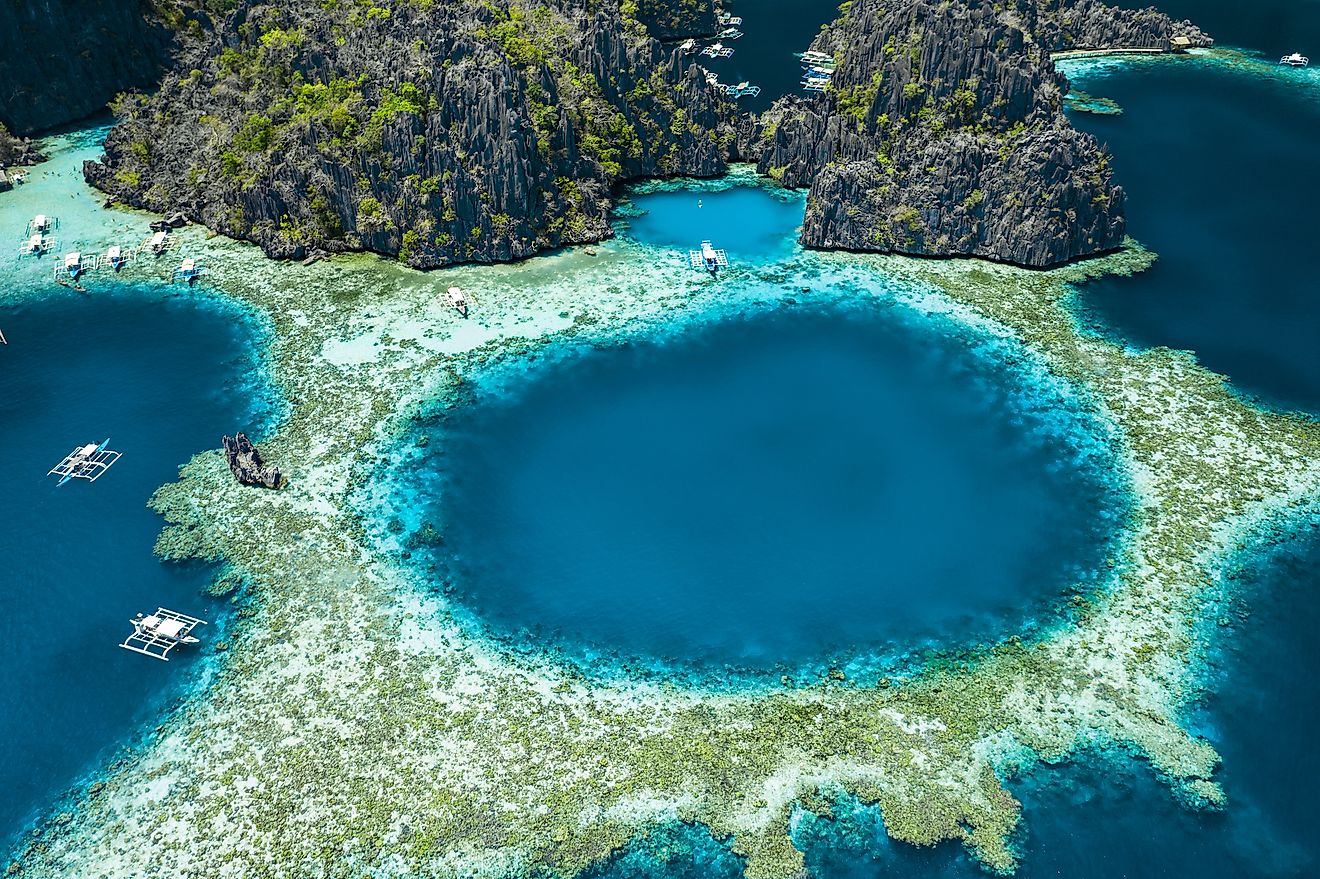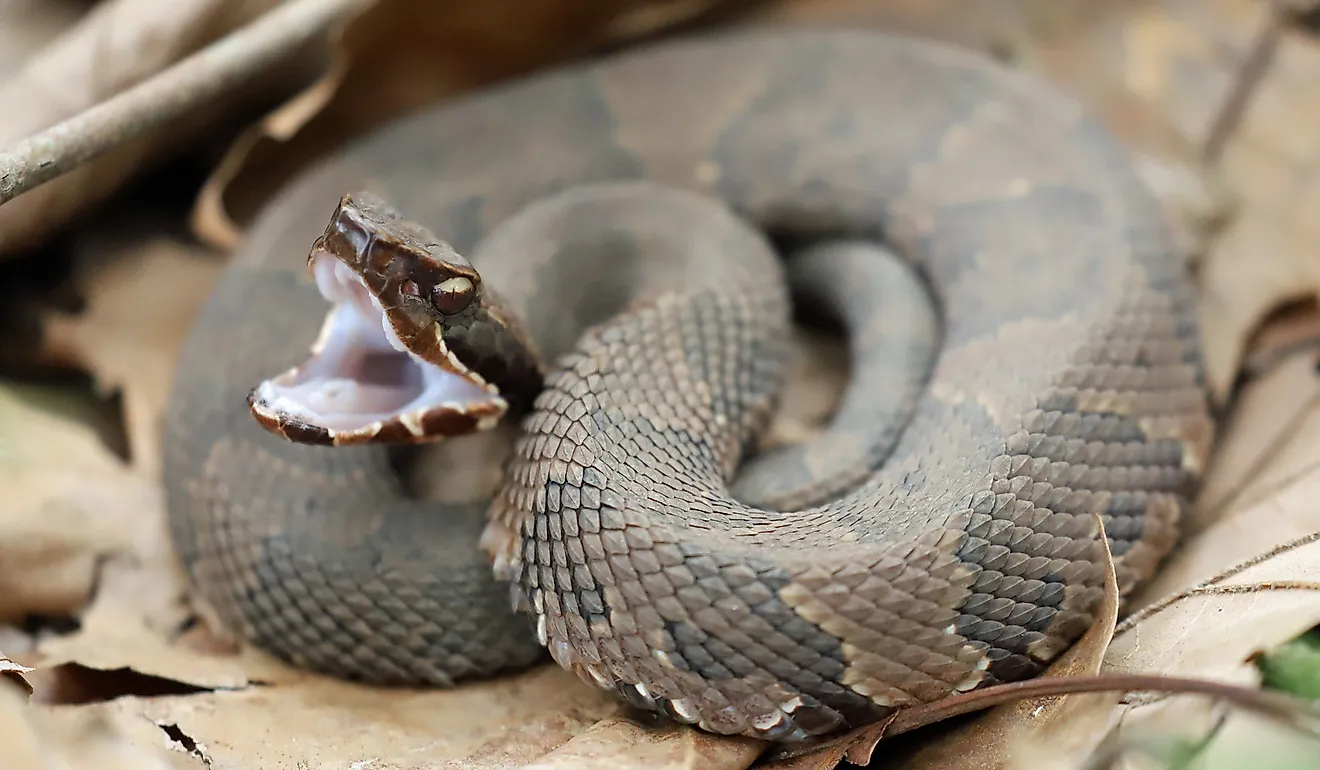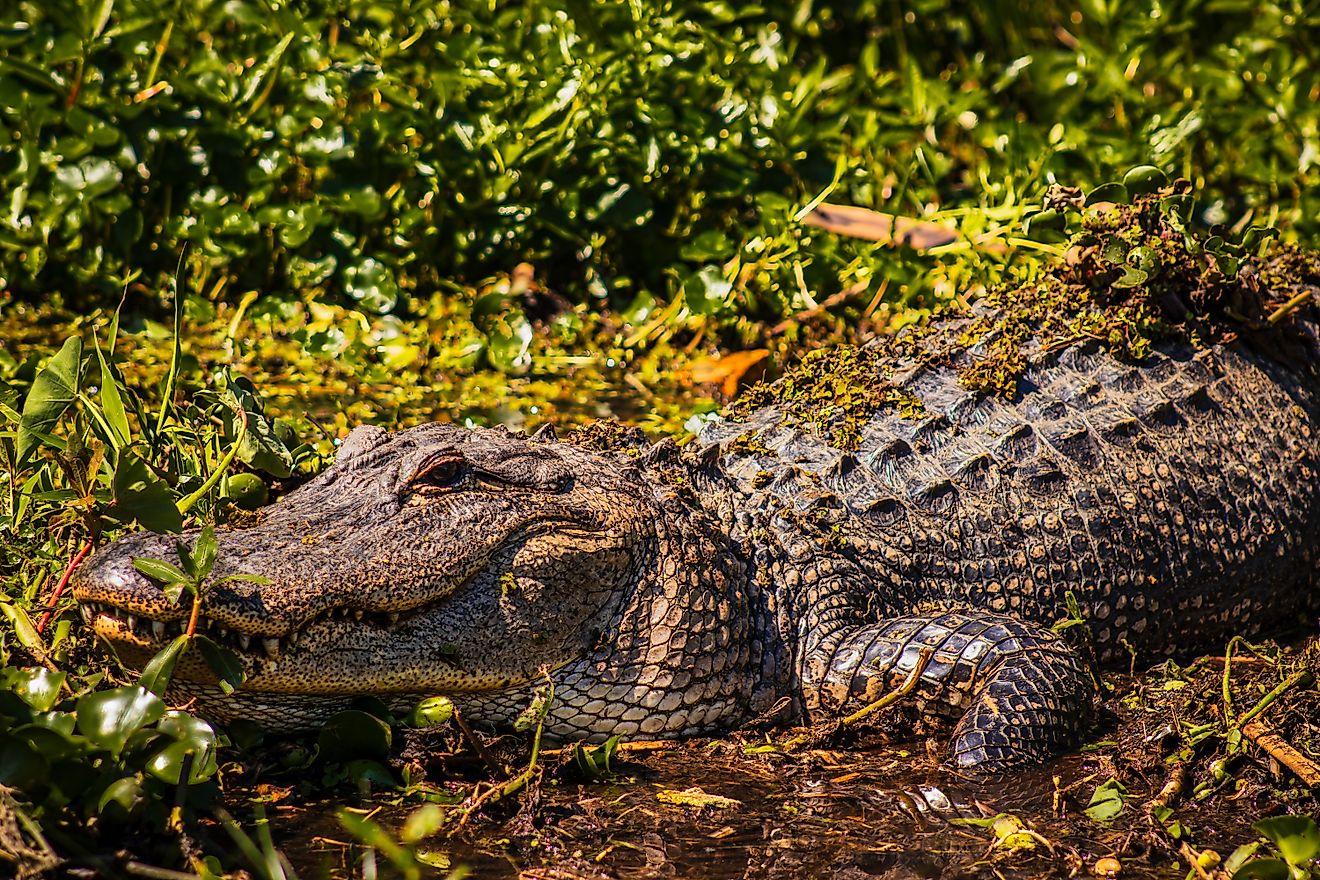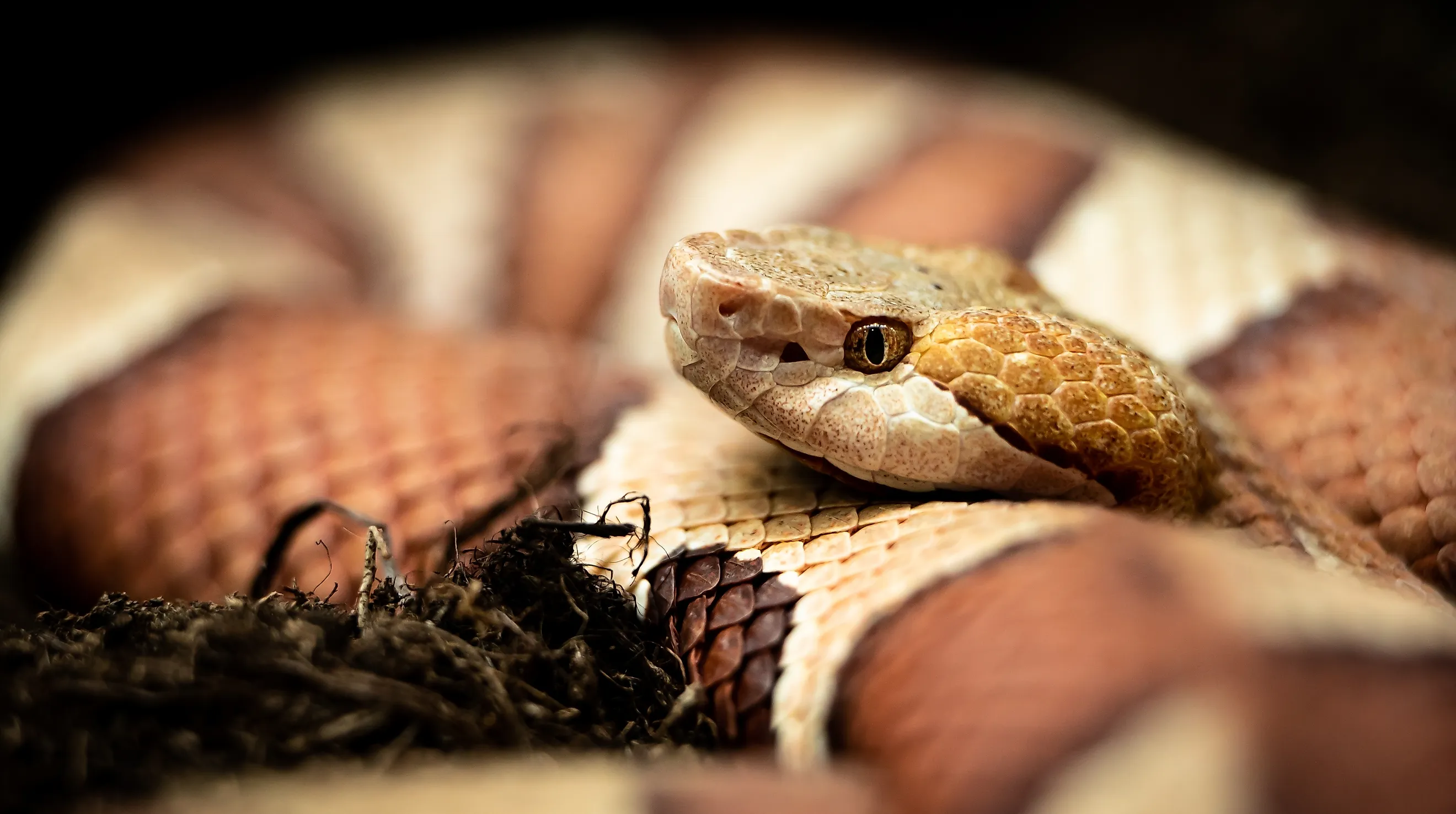
3 Of The Most Snake Infested Rivers In Maryland
Snakes are an integral part of Maryland’s ecosystems, functioning as essential predators that manage pest populations. There are 27 different species of snakes native to the state, a handful of which have made their home within the state's 16,839 miles of river. Maryland’s river system is a complex network of branches and tributaries, many of which are tributaries to the Chesapeake Bay. The three most significant rivers are the Potomac, Patapsco, and Patuxent. Maryland’s rivers have various uses; for example, the Potomac River offers numerous recreational opportunities in the Washington, D.C. area. In contrast, the Susquehanna and the Pocomoke have historically been used for food and transportation. Then there are the rivers on this list, which are Maryland’s most snake-infested.
Potomac River
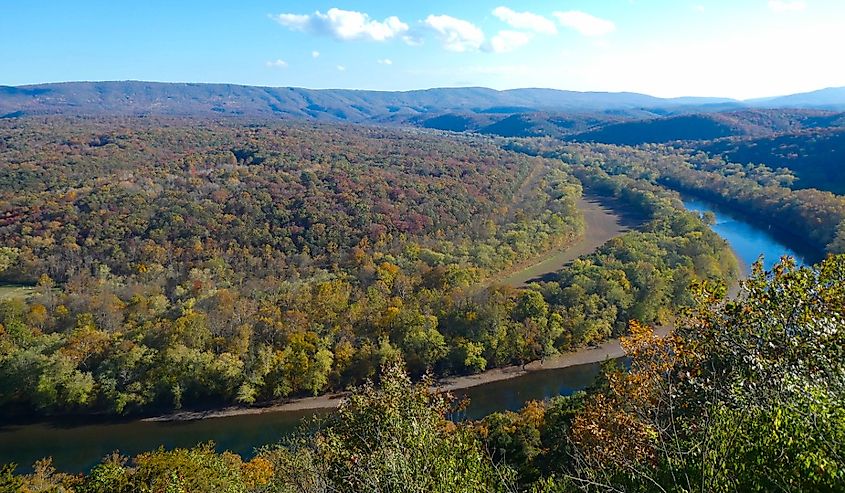
The Potomac River runs east for most of its length before veering south and forming a natural boundary between Virginia and Maryland. It is the fourth largest river on the Atlantic coast. Although the Potomac River rises in North and South branches in the Appalachian Mountains, they reunite southeast of the city of Cumberland and eventually empty into Chesapeake Bay after a total course of 405 miles.
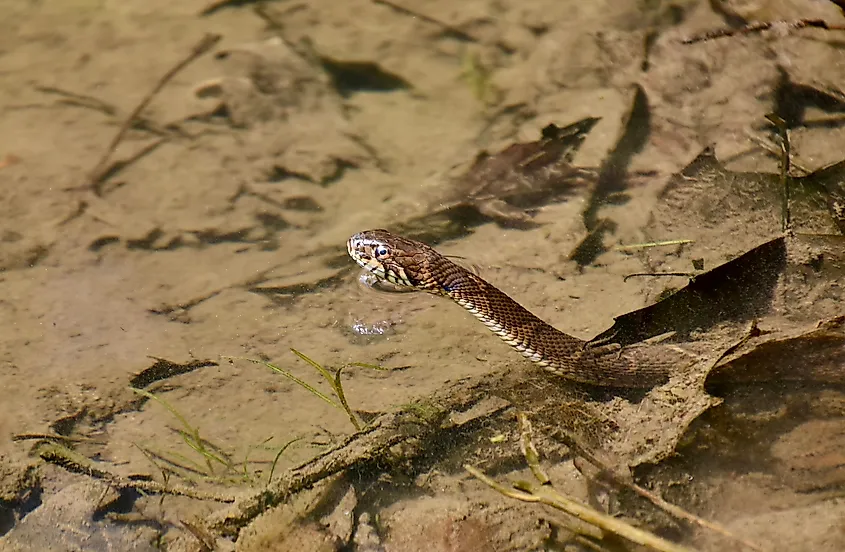
The banks of the Potomac River provide ideal habitat for the Northern Watersnake (Nerodia sipedon). They prefer habitats along the edges of wetlands, particularly near bodies of slow-moving water. Their diet primarily consists of fish and crayfish, which they hunt by swimming underwater with their head above the surface. Northern Watersnakes are characteristically defensive snakes when approached, known for striking at anything that threatens them and releasing a foul-smelling liquid to discourage predators.
Patuxent River

The Patuxent River is the longest river that flows entirely within the state of Maryland. It rises in Parr’s Ridge and, after flowing for 115 miles, it empties into the Chesapeake Bay. It is known for the diverse natural terrain, ranging from dense woodlands in the upper section of the river to farmland in the southern section. The river supports a diverse array of wildlife, including over 100 species of fish, a nesting habitat for Bald Eagles, and many native species, such as snakes.
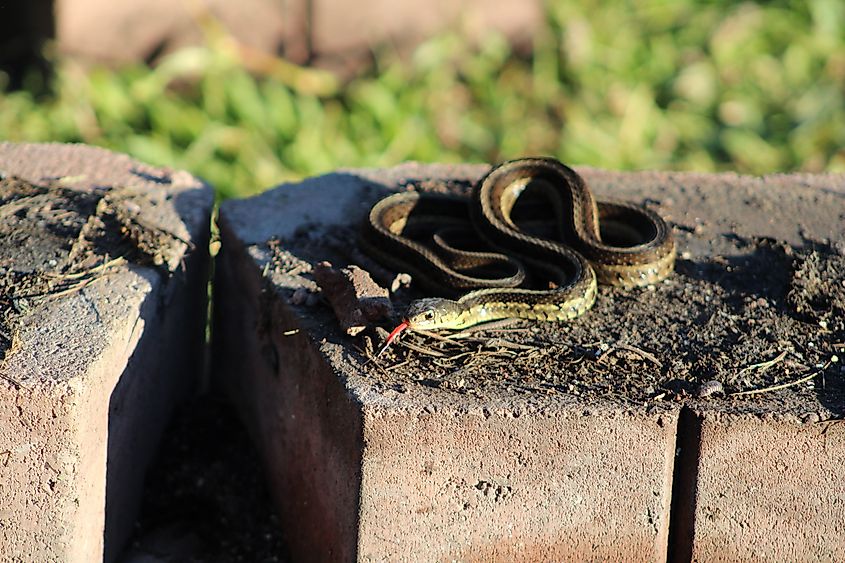
The Common Garter Snake (Thamnophis sirtalis) frequents areas in and around the Patuxent River. They are a hardy species of snakes, capable of living in a variety of habitats, including forests, meadows, old fields, riparian areas, freshwater marshes, ditches, and backyards. They are a diurnal species of snake, meaning they are most active during the day and can commonly be spotted along the edges of wetlands.
Susquehanna River
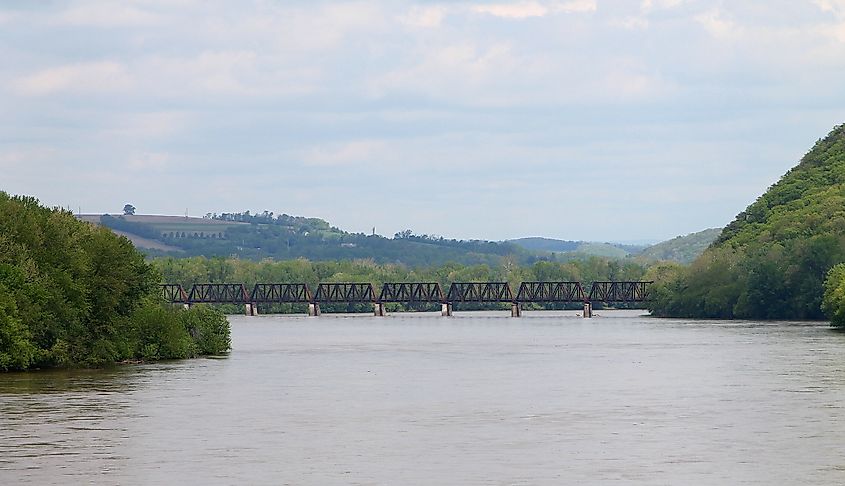
The Susquehanna River is one of the longest rivers on the Eastern Seaboard, rising in New York and winding through Pennsylvania and into Maryland, where it empties into Chesapeake Bay after flowing for 444 miles. It is also the largest non-navigable river in the United States. The 74-mile corridor between the Susquehanna River near Havre de Grace, Maryland, and its confluence with the Juniata River north of Harrisburg, Pennsylvania, is known as the Lower Susquehanna River. The Lower Susquehanna Watershed supports many state native snakes, including Maryland’s two venomous snake species.

The Eastern Copperhead (Agkistrodon contortrix) is a venomous pit viper species. While they generally prefer to be left unbothered, if capture is attempted or they feel threatened, Copperheads will not hesitate to bite. They inhabit forests, old fields, swamps, dry sandy ridges adjacent to swamps, and agricultural fields adjacent to forests, but are most commonly seen in forested rock outcrops.
Maryland’s snakes are not just limited to its rivers. They are found statewide and can inhabit a wide range of habitats, from backyards to large, non-navigable rivers. Luckily, snakes are secretive creatures and would rather use rivers to flee into when startled than confront humans. Suppose you are paddling in Maryland’s rivers. In that case, you are far more likely to encounter harmless nonvenomous snakes than the state’s two venomous species, which are very elusive and spend much of their time in the safety of their dens, rarely straying far from them.
